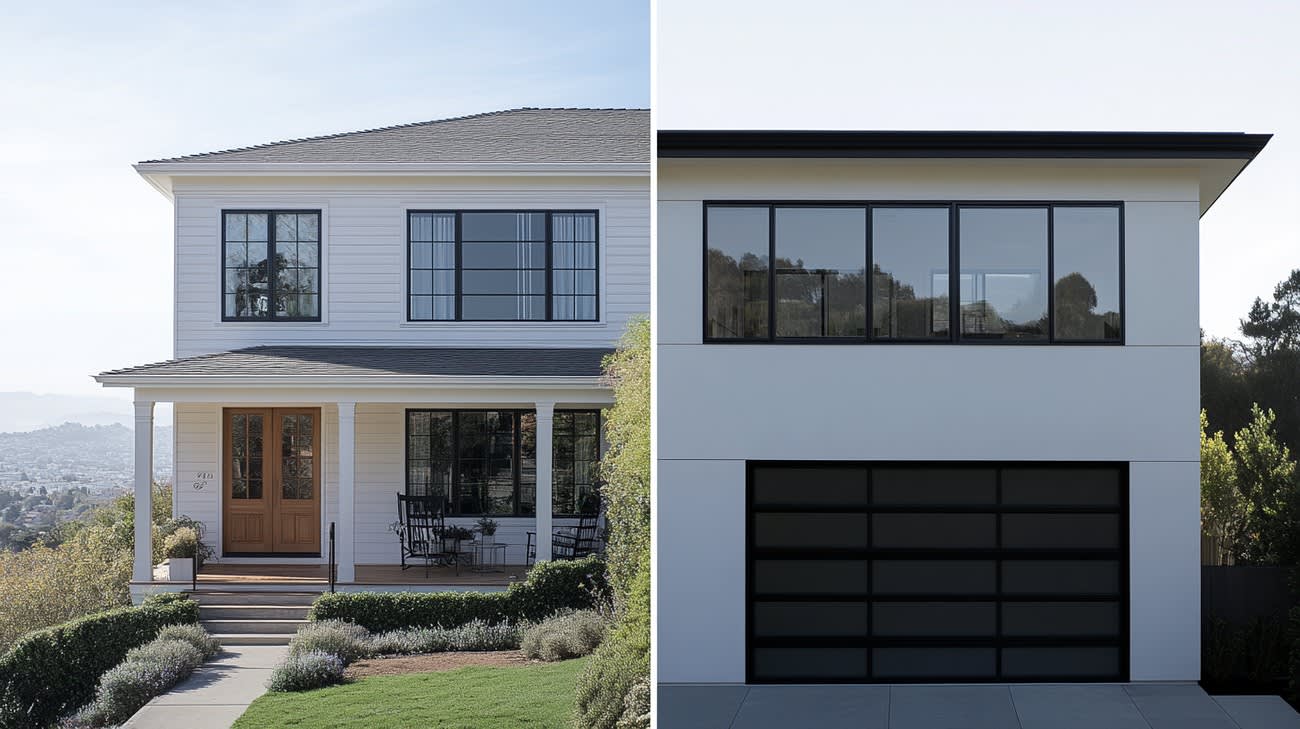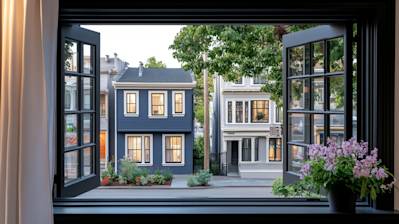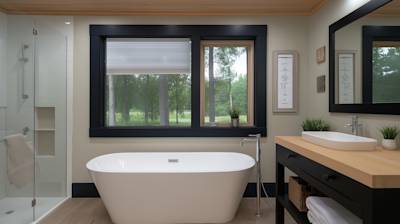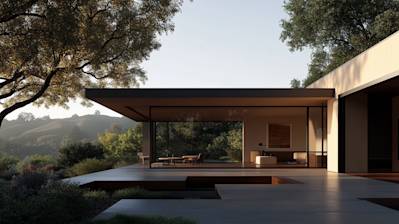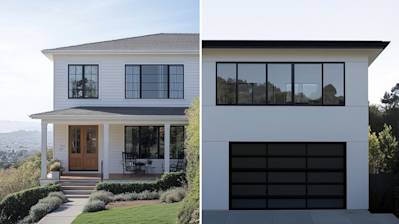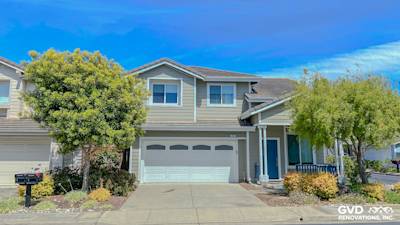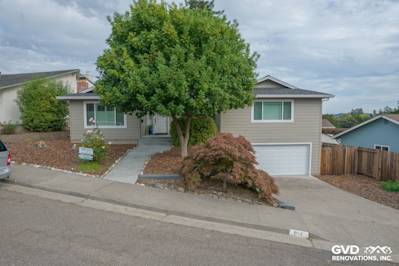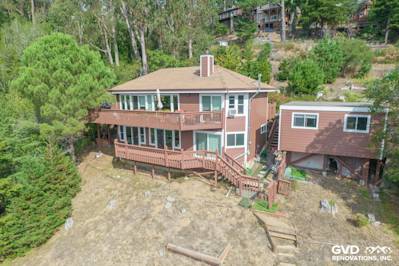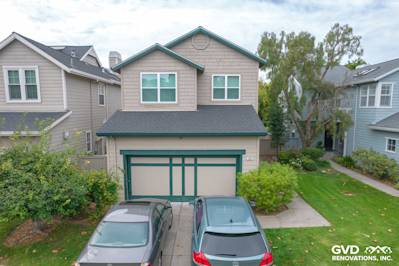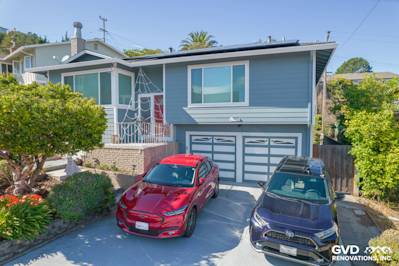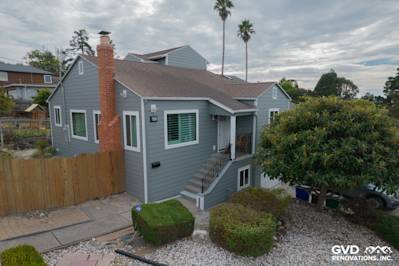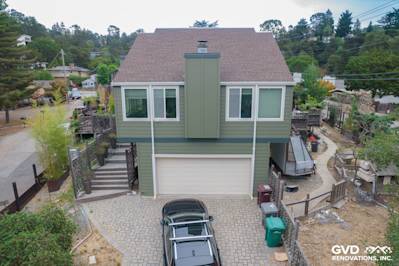Making decisions about home renovations can be challenging, especially with regards to elements that greatly impact your home's comfort, aesthetic, and overall value. One such aspect is choosing between retrofit windows and new construction windows. Both have their strong points and are suitable for different situations, but knowing which is best for you can transform your living space greatly. Let's take an in-depth look at these two types of windows and provide clear information aimed to assist homeowners in making informed decisions.
Understanding Retrofit Windows
Retrofit windows, also known as replacement windows, refer to the type of windows that fit into the existing window space without requiring extensive modifications to the window opening. This makes them a popular choice when looking to upgrade windows in older buildings or in situations where the window frames and surrounding structures are still in good shape.
Key Features of Retrofit Windows
Instant Upgrade: Retrofit windows offer an immediate upgrade to your home's appearance and energy efficiency. They are an excellent solution for drafty windows, without the need to completely alter the original window space.
Installation Simplicity: Retrofit window installation typically involves fewer steps than new construction windows. The existing window frames remain in place, thus reducing the installation time and cost.
Versatility: Retrofit windows come in a variety of styles, materials, and finishes. This variety allows homeowners to choose the design that best complements their home.
Deciphering New Construction Windows
Unlike retrofit windows, new construction windows are designed to be installed in a brand-new space. Typically used in fresh constructions or major remodels, they attach directly to the frame of the house, providing a very secure and sealed fit.
Key Features of New Construction Windows
Robust Installation: These windows are installed directly on the house’s frame, ensuring a strong, tight seal. This translates to an enhanced resistance to extreme weather conditions and improved overall insulation.
Complete Replacement Solution: If your existing window frames are in poor condition or you are changing the layout of your home, new construction windows offer a comprehensive solution.
Unparalleled Customization: Since these windows are part of a fresh construction or a significant remodel, they offer ample opportunities for customization. Whether it's the style, color, or material, everything can be matched to the exact specifications of the house.
Retrofit Windows vs. New Construction: Making the Right Choice
When comparing retrofit windows to new construction windows, there are several factors that you need to consider.
Project Type: If your home renovation project does not involve significant structural changes and the window frames are in good condition, retrofit windows would be an ideal choice. On the other hand, if you are undertaking a full home renovation or constructing a new house entirely, new construction windows offer a more comprehensive solution.
Budget Considerations: In general, retrofit windows tend to be less expensive than new construction windows when you factor in installation costs, however, this largely depends on the state of your existing window spaces and how much work would be required to fit new windows.
Energy Efficiency: Both retrofit and new construction windows can provide excellent energy efficiency, significantly lowering heating and cooling costs. The key lies in choosing high-quality windows with good insulation properties and having them installed properly.
Aesthetics & Design: The visual appeal of your windows plays a big role in your home's overall look and feel. Whether you prefer the fresh, coordinated look of new construction windows, or the signature, tailored look of retrofit windows, your personal style and preferences will play a large role in your decision.
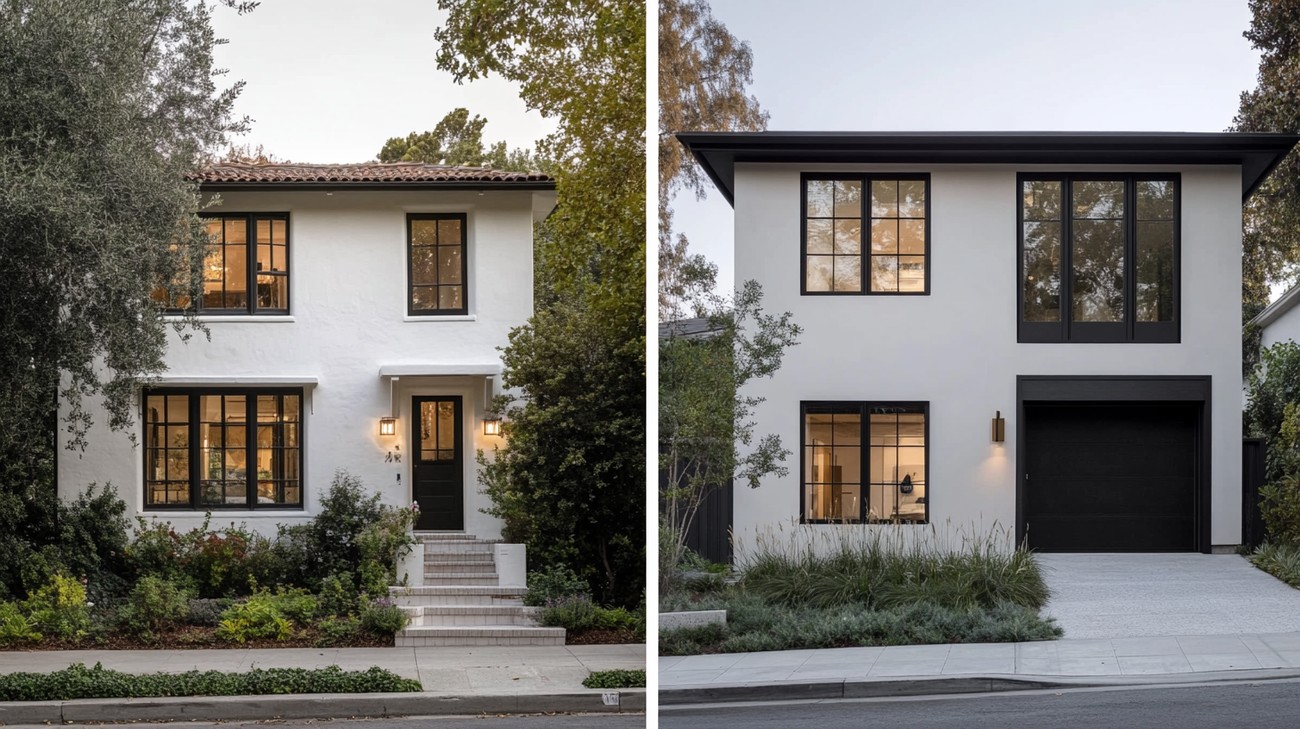
Frequently Asked Questions about Retrofit Windows Vs. New Construction
How Does the Installation Process Compare for Retrofit Windows and New Construction Windows?
The installation process for retrofit windows is generally quicker and more straightforward than new construction windows. Installation typically involves removing the old window sashes and tracks, then installing the new window into the existing frame. On the other hand, new construction windows involve removing the entire window structure, including the frame, and attaching the new window directly to the home’s studs. This process usually involves some exterior work, like removing and replacing siding, which can be time-consuming.
Are New Construction Windows More Expensive than Retrofit Windows?
For most cases, new construction windows tend to be more costly than retrofit windows. However, the final price can depend on various factors, which include the style and size of the windows chosen, the type of glass, and the complexity of the installation. Remember that new construction windows may also incur additional costs for exterior work if siding needs to be altered or replaced.
Is One Kind More Energy Efficient than the Other?
Both retrofit windows and new construction windows can be highly energy efficient, depending on the type and quality of the windows chosen. High-quality windows of both types should have good insulation, reducing heat transfer and keeping your home cozy in cold weather and cool in warm weather. However, poorly installed retrofit windows can sometimes be less energy efficient if there are gaps left during the installation process.
Does Installation Impact the Window Functionality for Either Type?
The functionality of your windows should not change significantly with either retrofit or new construction windows. Both types should open and close easily, have a secure lock, and provide good insulation. However, since retrofit windows fit inside the existing window frame, the glass area might be slightly less than it was before, and it can impact the amount of light coming into your house.
When Should I Choose Retrofit Windows over New Construction Windows?
Choosing between retrofit windows and new construction windows often depends on the condition of your existing windows and frame. If your window frame is in good shape – that is, no rot, mold, or significant wear and tear - then retrofit windows can be a cost-effective and less intrusive choice.
Is It Possible to DIY Install Retrofit and New Construction Windows?
Although it's technically feasible for experienced DIY enthusiasts to install both retrofit and new construction windows, it's worth considering professional installation. Incorrectly installed windows (whether retrofit or new construction) can lead to a host of issues, from draftiness to insulation problems, even structural damage. Therefore, unless you have significant experience and confidence in doing the job, it might be better to consult with a professional.
Can I Mix Retrofit and New Construction Windows in My Home?
Yes, you can mix retrofit and new construction windows. Some homeowners may prefer retrofit windows for certain rooms due to cost-effectiveness and less intrusive installation, while others may opt for new construction windows when the frame condition requires a more comprehensive replacement.
What If I Want to Change the Size or Shape of My Windows?
If you want to change the size or shape of your windows, then you'll need to opt for new construction windows. This kind of window replacement allows the entire window, including the frame, to be removed, giving flexibility in terms of the size or shape of the new window to be installed. With retrofit windows, the new window must fit the existing frame, limiting changes to the window's size or shape.
Do I Need a Permit to Install New Construction Windows?
The need for a permit for installing new construction windows will generally depend on your local regulations. Some cities or towns require a permit for this kind of major structural alteration to a home, while others may not. It’s always good to check with your local governing body or a professional window installer to understand what's required in your area.
What's the Lifespan of Retrofit Windows vs New Construction Windows?
Both retrofit and new construction windows can have a long lifespan, often up to 20 years or more, particularly if they are well-maintained. However, factors such as the quality of the windows, the climate, and how well they were installed can impact their longevity.

Pros of Retrofit Windows
Cost Effectiveness
One of the most significant advantages of retrofit windows is their affordability. Compared to new construction windows, retrofit windows tend to be less expensive in terms of both materials and labor costs. In cases where you need to replace several windows at once, using retrofit windows can result in substantial cost savings.
Minimal Construction Disruption
Retrofit windows are designed to fit into your home's existing window openings, which means that there's no need to remove or alter the surrounding wall structure. As a result, the installation process is less invasive, faster, and typically generates less debris. This can save you from unnecessary stress or inconvenience during construction.
Improved Energy Efficiency
Retrofit windows usually come with modern features like double-pane glazing and low-E coatings, which can significantly improve the energy efficiency of your home. These windows can help maintain consistent indoor temperatures, which can reduce your heating and cooling costs.
Aesthetical Appeal
Although retrofit windows are designed to integrate seamlessly with your existing infrastructure, they still offer a wide range of aesthetic choices. They can be made from a variety of materials, such as vinyl, wood, or aluminum and come in a plethora of colors, styles, and finishes. This allows homeowners to improve the visual appeal of their homes with minimal disruption.
Cons of Retrofit Windows
Limited Customization
Retrofit windows have to fit into the existing window openings, which can limit your design options as compared to new construction windows. If you want to alter the style, size, or shape of your window openings considerably, retrofit windows may not be the best option.
Potential for Hidden Damage
Because retrofit windows don't require you to remove the existing window frame, any underlying issues such as mold, rot, or pests could be left undiscovered and unattended. Ignoring these problems can lead to structural damage down the line.
Lower Home Value
While retrofit windows can enhance your home’s energy efficiency and aesthetic appeal, they might not increase your home's resale value as much as new construction windows would. This is primarily due to the fact that they don't involve a complete overhaul of the window structure.
Pros of New Construction Windows
Customization Options
Unlike retrofit windows, new construction windows allow you to modify the size, shape, and style of your window openings significantly. You could opt for larger windows to increase natural light in your home or choose a style that better complements your house's architecture. This high level of customization can significantly increase your home’s aesthetic appeal.
Improved Energy Efficiency
New construction windows offer a high degree of energy efficiency. Apart from the efficiency gained from new, high-quality components, they also allow for precise and tight fitting. This can lead to draft reduction and improved temperature regulation, resulting in lower energy costs.
High Resale Value
Given their ability to drastically transform and update the look and functionality of a house, new construction windows often add more resale value to a property compared to retrofit windows.
Cons of New Construction Windows
High Cost
New construction windows generally cost more than retrofit windows. This is because new construction windows often require significant alterations to the surrounding wall structure, leading to increased labor and material costs.
Extensive Reconstruction
As new construction windows involve modifications to the window openings, they could mean extensive and disruptive construction work. This could include removing and replacing part of the wall, paint jobs, and even dealing with potential structural challenges.
Time-Consuming
Since new construction windows involve a higher degree of labor and potentially dealing with unforeseen challenges during construction, the installation process can take more time compared to retrofit windows. This could be a disadvantage, especially if you need to have the windows operational as soon as possible.

Myths and Misconceptions about Retrofit Windows vs. New Construction
There there's a lot of confusion surrounding the difference between retrofit windows and new construction windows. Misinformation can easily lead homeowners to make costly mistakes. So, lets debunk some common myths and misconceptions related to retrofit windows and new construction windows.
Myth 1: Retrofit Windows are Inferior to New Construction Windows
A common misconception is that retrofit windows are an inferior alternative to new construction windows. However, the truth is that both are capable of providing excellent performance in terms of energy efficiency, noise reduction, and weather resistance. The main difference lies in their installations.
Installation Process
New construction windows are often installed during the construction phase of a new home or during serious renovations. They're typically nailed right into the home's framing, which means the exterior material – stucco, brick siding – must be cut back to install them properly.
Retrofit windows, on the other hand, are designed to fit into existing window openings. This means they can be installed without disturbing your home's exterior material. Overall, the choice between retrofit and new construction windows is primarily based on specific project conditions, not overall quality.
Myth 2: Retrofit Windows Always Cheaper than New Construction Windows
Another common myth is that retrofit windows are always cheaper than new construction windows. While it's true that the upfront cost of retrofit windows can be less, this isn't always the case.
Cost Factors
Sometimes existing windows can have hidden problems, like rotted wood or termite damage. If these issues aren’t addressed before retrofit windows are installed, the problem could worsen and lead to more significant expenses later. In such cases, new construction windows, which would involve removing the entire existing window, might be a more cost-effective long-term solution.
Myth 3: New Construction Windows Only for New Homes
Many people believe new construction windows are solely for new homes. This is not true. New construction windows can be installed in existing homes, typically during major renovation projects where significant changes to the structure are anticipated or when existing window frames are severely damaged.
Renovation & Replacement
If an existing house has badly deteriorated window frames or is undergoing a major remodel, new construction windows can be suitable. The main difference is that installation requires removing the entire existing window, including the frame, sill, and trim.
Myth 4: Retrofit Windows Don't need Permits
It is often believed that retrofit windows don't require any permits while new construction windows do. This is not entirely accurate.
Building Permits
Whether a permit is needed depends on local building codes and regulations. In some places, even minor replacements like retrofit windows may require permits, especially if the home is located in a historic district or if the replacement significantly changes the home's appearance.
Myth 5: Retrofit Windows Can't Change the Size or Shape of Window Openings
Another misconception is that with retrofit windows, homeowners can't change the size, style or shape of window openings. While it's true that retrofit windows are designed to fit into existing window openings, changes to size and style can still be made — it just requires a bit more work related to framing and finishing.
In conclusion, it's crucial to dispel these myths and misconceptions about retrofit and new construction windows. An informed decision will depend on the specific conditions of a home improvement project, taking into account factors such as: the state of existing windows, budget considerations, renovation plans, local building regulations, and personal aesthetic preference. Always consult with a window installation professional to determine the best choice for your home.
Summary
So, when we're talking about retrofit windows vs. new construction, what really matters is your specific situation. If the structure or design of your place can't handle a switch to new construction windows, or you're on a tight budget, retrofit windows might be the way to go. They are simply fitted into the existing frame which means less hassle during installation. However, they don't offer as much insulation as new construction windows which could lead to increased energy bills.
Switching to the other side, new construction windows can offer more value in the long run. These windows are installed directly into the frame, providing a tighter seal, better insulation, thus potentially saving on energy costs. They also offer great benefits in terms of design flexibility, allowing you to have a total makeover of your space. So, when considering retrofit windows vs. new construction, you need to assess both your current circumstances and your long-term goals.
Choosing between retrofit windows and new construction can be daunting, especially considering the cost and potential upheaval installation might cause. Both options come with their own pros and cons. Retrofit windows provide easy installation and costs savings upfront, while new construction windows offer more customization options and potentially lower energy costs in the long run, if you're up for a bit more investment initially. Ultimately, it's about identifying your needs and choosing the option that best fits your situation.
About Bay Area Siding Company
At Bay Area Siding Company, nestled in the heart of Bay Area, CA, we have one mission - to make your home's exterior just as beautiful and durable as its interior. We are a locally-owned business, fully dedicated to the community we serve and the homes we have the chance to beautify. With extensive experience and a passionate team, we proudly offer top-tier siding installation and repair. Whether you're bringing a vintage home back to life or building a new one from the ground up, we're committed to offering unmatched workmanship and customer service, which makes us the go-to source for all your siding needs. Trust us to enhance your home's curb appeal, safeguard it from varying weather conditions, and make it the pride of the neighborhood!


